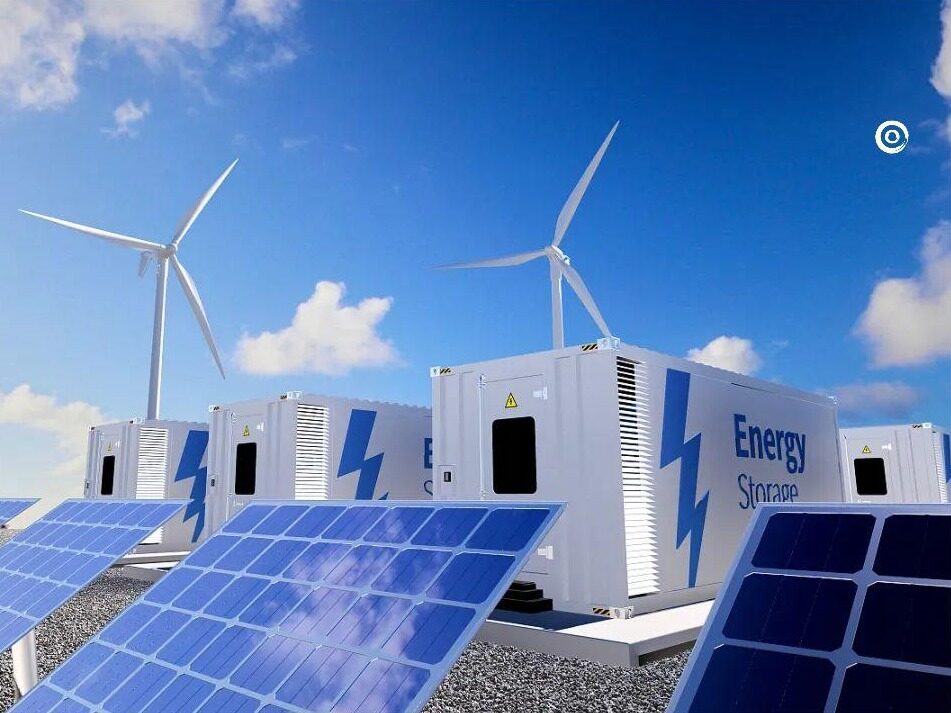- Research commissioned by McKinsey by the new LDES committee shows that LDES will be needed on a large scale

According to a report of the recently established LDES Committee, by 2025, 25GW to 35GW of long-term energy storage (LDES) will be installed globally, totaling approximately 1TWh and US$50 billion in investment.
The research conducted by McKinsey consultants found that the lowest cost path to net zero power consumption would be to deploy LDES technology-including liquid air, compressed air, heat and gravity-based systems, and new battery chemistries such as iron air-and Lithium ion and hydrogen turbines.
The committee stated that a capacity of this scale-equivalent to four to seven times the current global battery storage installations-is estimated to require an investment of 1.5-3 trn. The report points out: "Although this is amazing, this figure is equivalent to the investment in T&D [power transmission and distribution] networks every two to four years." Long-term energy storage is usually defined as any energy storage that can output energy for more than four hours at full load. Technology-this is the typical energy storage length of lithium-ion batteries. These solutions-some of which can store energy for weeks or months-are widely regarded as essential for balancing future grids that rely on renewable energy, especially when there is no wind and sunlight for long periods of time.
At present, natural gas peak shaving power plants are being used in this situation, and hydrogen power plants are often mentioned as their alternatives. However, converting the energy into H2 and returning it again results in about 70% energy loss, which is much higher than LDES technology-and more costly. "We can't continue to shirk our responsibilities; solving net zero requires a significant increase in grid-scale energy storage to incorporate more intermittent low-carbon resources into our energy structure," Adam Briggs, chief commercial officer of Ambri, a member of the LDES committee that produces liquid metal batteries.
The report added: “LDES technologies will benefit from government support to start the market as soon as possible under the condition of net zero transition demand. The risky [energy] transition form pays off.” It continued: “In the next five years, substantial investment will be required to facilitate the large-scale deployment of LDES and achieve low-cost decarbonization pathways. It is estimated that by 2025, there will be Approximately US$50 billion needs to be deployed to install enough pilots and commercial plants to achieve early decarbonization and reduce costs. Editor/Xu Shengpeng
Comment
 Praise
Praise
 Collect
Collect
 Comment
Comment
 Search
Search














Write something~